Filter Issues
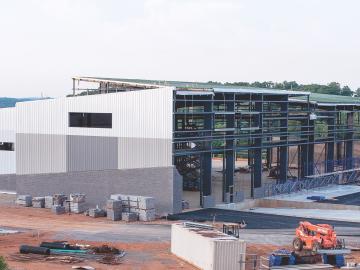
Local Motors CEO Jay Rogers became the first person to drive the first 3-D printed car on September 13, 2014.
Built on site at the International Manufacturing Technology Show in Chicago over the previous six days, the vehicle—known as a Strati—demonstrated the ability of a national laboratory to ...

When the Brookings Institution decided to explore how national laboratories should approach economic development, their conversations naturally included Thom Mason and his staff at ORNL.
“Clearly, Oak Ridge is a preeminent innovation and tech development source,” said Mark Muro, senior fellow wit...
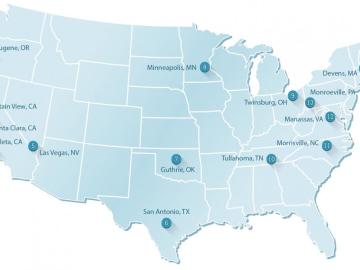
1. Arcimoto
ORNL tech: AC-DC inverter, battery system charger and DC-DC inverter combine to make charging, storing and supplying electricity more efficient.
Product: Arcimoto 3-wheel electric vehicle (in development)
2. PerkinElmer
ORNL tech: Microfluidic Lab-on-a-chip
Product: La...

Not all of ORNL’s commercial partners are in East Tennessee, and not all work in carbon fiber or additive manufacturing. Each year, ORNL researchers identify around 200 inventions and discoveries they believe have commercial application—from sophisticated sensors to data analysis tools to advances i...
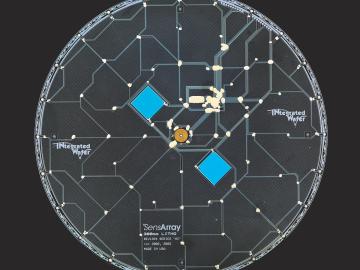
DNA analysis on a chip
Caliper Life Sciences saw the potential for ORNL’s Microfluidic Lab-on-a-chip and licensed the technology in 2002. The success of the technology contributed to Waltham, Mass.-based PerkinElmer Inc.’s decision to buy Caliper in 2011 for $600 million.
The company produces ...
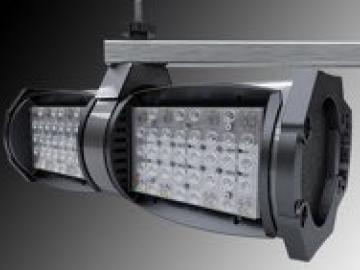
Looking forward, there’s no reason to doubt ORNL will keep pushing valuable new technologies into the economy. The lab is committed to promoting high-tech industry, and its partners are equally committed.
“It’s not about the money that we get in royalties; it’s about the impact that we can have,”...
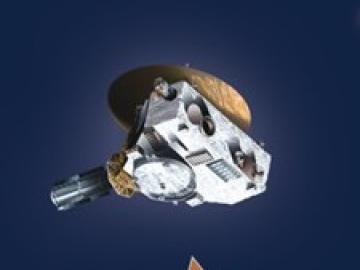
The United States is running out of the plutonium-238 used to power decades-long missions to the edge of the solar system and beyond. Plans for producing more rely on two ORNL facilities: the Radiochemical Engineering Development Center, known as REDC, and the High Flux Isotope Reactor, known a...

